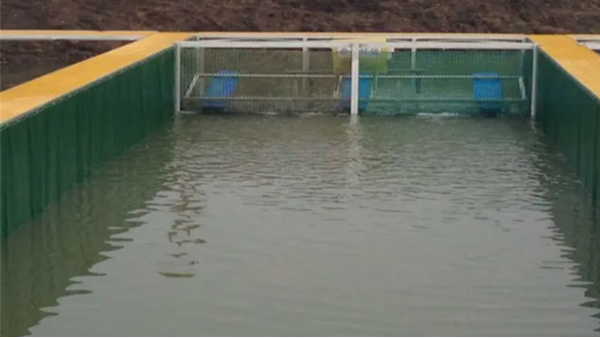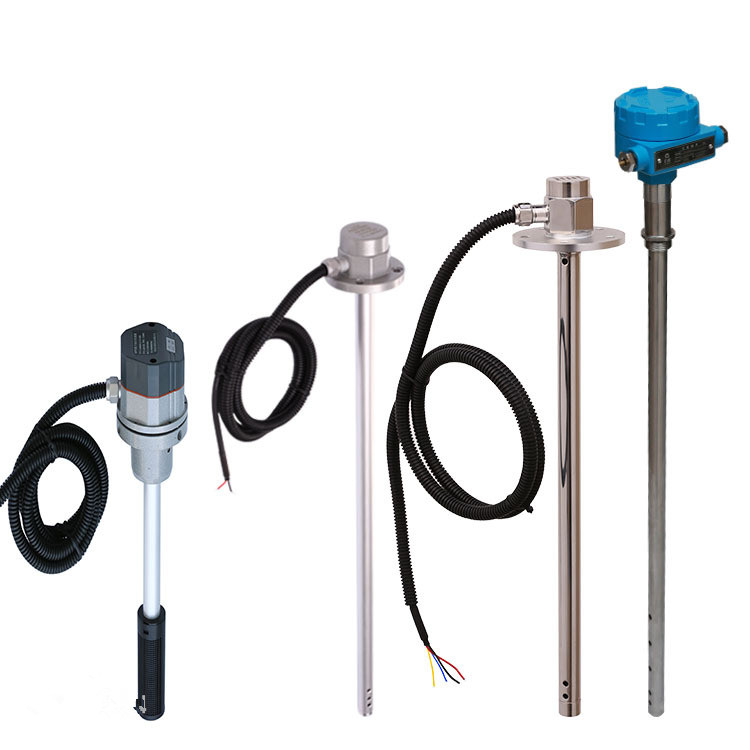Firstly, the ultrasonic level meter consists of a pair of transmitting and receiving transducers. The transmitting transducer emits an ultrasonic pulse to the surface of the liquid, which is reflected from the surface and received by the receiving transducer.
The distance between the transducer and the liquid level can be determined from the time it is sent to the reception and can be converted to a liquid level.
This level meter has no mechanical moving parts, is highly reliable, and is simple and easy to install. It is a non-contact measurement and is not affected by the viscosity or density of the liquid.
It is therefore mainly used for level measurement in medicine pools, sludge ponds, etc. However, this method also has some blind spots and is slightly more expensive in terms of price.

The second is the capacitance level meter, which is based on the principle that electrodes are inserted into the vessel, and when the level changes, the medium inside the electrodes changes, and the capacitance between the electrodes (or between the electrodes and the vessel wall) changes. The change in capacitance is converted into a standardized DC signal. The sensor of this level meter has no mechanical moving parts, simple and reliable structure, low power consumption at the detection end, fast dynamic response; easy maintenance, and long service life. However, there are drawbacks, that is, the dielectric constant of the liquid being measured is unstable and can easily cause errors. A capacitive level meter is generally used for level measurement in regulating pools, clear water pools, etc.

Finally, a look at the float level meter, which is based on the principle of placing a hollow float into the liquid, and when the level changes, the float will produce the same displacement as the level change. The displacement of the float can be measured by mechanical or electrical means. Its disadvantage, however, is that it is not suitable for high-viscosity liquids. Its output has a switching control and continuous output and it is often used in water purification plants to measure the level of catchment wells.
After reading the full article, it is easy to see that each level meter has advantages and disadvantages, and the choice needs to be based on the specific working conditions.
